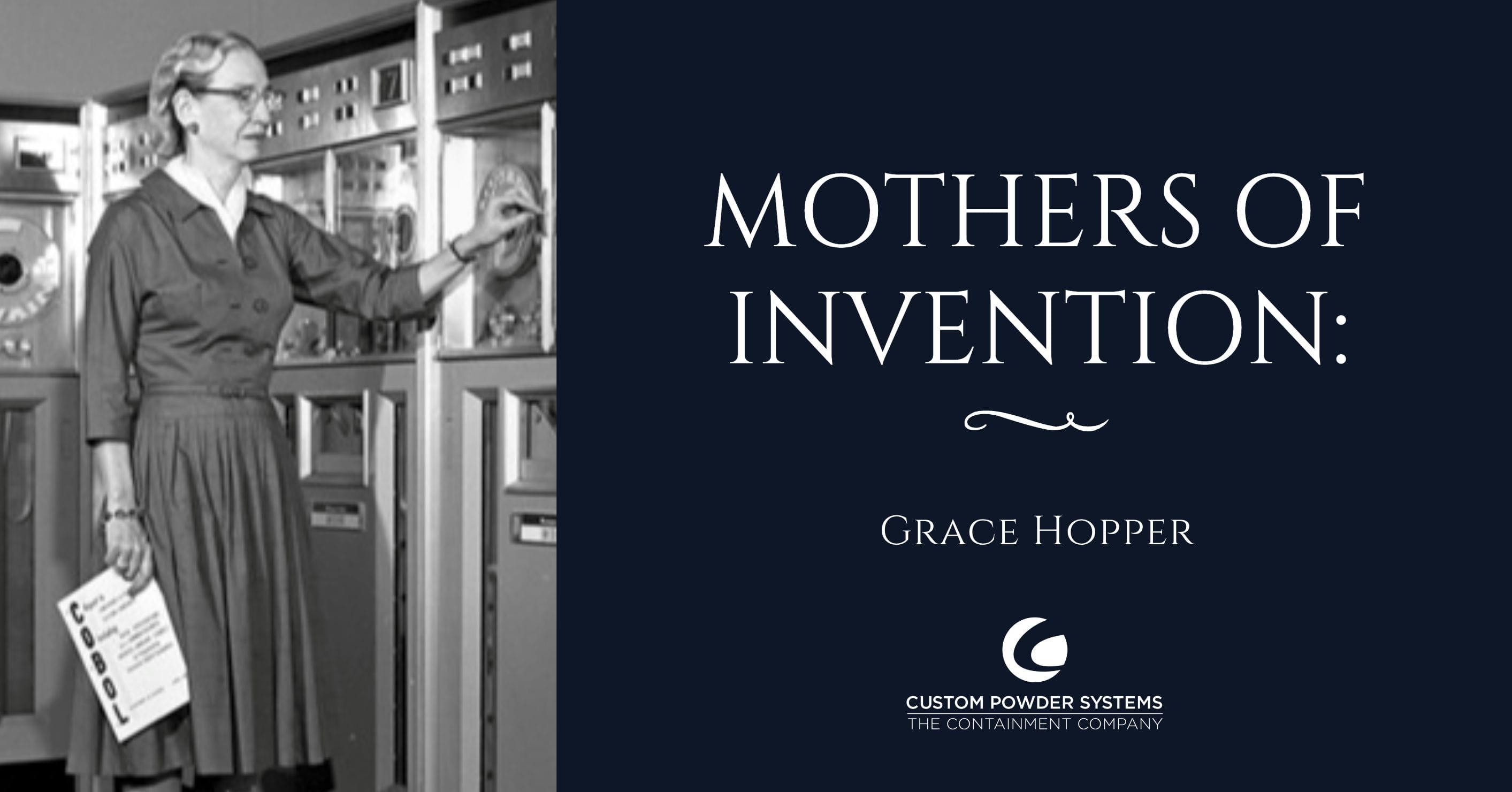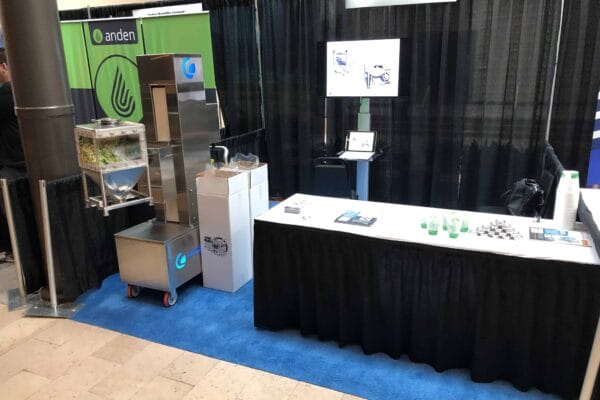Naval officer, teacher, and one of the most celebrated computer scientists in United States history, Grace Hopper, invented groundbreaking technologies that forever changed how we interact with computers and process information.
Grace Hopper was an American computer scientist and United States Navy officer who revolutionized computer technology with her ground-breaking programming languages and software. Her remarkable accomplishments shaped her into an inspirational role model for generations of women to come.
An Exceptionally Educated Woman
Grace Brewster (Murray) Hopper was born in New York City on December 9, 1906. From an early age, Grace was academically gifted, skipping multiple grades and eventually graduating Phi Beta Kappa (the oldest and most prestigious academic honor society in the United States) from Vassar College in 1928 with a degree in mathematics and physics.
Receiving her education during a time of elevated opportunity for women, Grace was fortunate enough to be part of a generation who earned advanced degrees at a rate that would not be matched for another half-century. Because of this, she obtained both a master’s and a doctorate in mathematics from Yale University in 1930 and 1934, respectively.
A Scientifically Gifted Naval Officer
When the US entered WWII, Grace insisted on contributing to the war efforts despite being initially rejected due to her age and small stature. She was eventually accepted into the U.S. Naval Reserve (Women’s Reserve) in December 1943, where she was assigned to the Bureau of Ships Computation Project. There, she began working as a research assistant for Professor Howard Aiken at Harvard University, who had just developed the first electromechanical digital computer known as the “Mark I.”
Through this work, Grace soon began to see the potential of this technology, writing the first-ever computer manual, A Manual of Operation for the Automatic Sequence Controlled Calculator (1946), and becoming one of the first three computer “programmers” ever.
As war efforts continued, Grace remained at Harvard, working on top-secret calculations (like computing rocket trajectories, creating range tables for new anti-aircraft guns, and calibrating minesweepers) and helping to develop the Mark II and Mark III computers. (Fun Fact: During this time, the research team found a large moth inside one of the machines causing functionality issues, leading Grace to coin the term “debugging” a computer.)
An Intergenerational and Inspirational Inventor
Grace Hopper proved to be a true pioneer in the computer industry as she joined the Eckert-Mauchly Corporation in 1949, where she helped develop UNIVAC I (the first commercial all-electronic computer) and invented the first computer language compiler, which translated programmers’ written instructions into binary code that the machines could read directly.
As technology continued to develop, a necessity for a standardized computer language arose, inspiring the creation of COBOL (a common business-oriented language) in 1959. After co-developing the tool, Grace promoted its use in both the military and private sectors through lectures and advocacy work. By the 1970s, COBOL was the “most extensively used computer language” in the world, and she was called in to use it to help standardize the navy’s computer languages.
Through her years of military service, Grace eventually earned the rank of Rear Admiral, was awarded a Defense Distinguished Service Medal (the highest decoration given to non-combat members) and was the oldest officer (age 79) on active U.S. naval duty when she retired in 1986. She was additionally presented with Yale’s Wilbur Lucius Cross Medal in 1972, the National Medal of Technology in 1991, and the Presidential Medal of Freedom posthumously in 2016.
Before Grace’s inventions, computers were large, unwieldy machines that used punch cards for programming, and only a select few people could interact with them. Her work as a mathematician, scientist, and teacher advanced the field of computer science exponentially, allowing greater accessibility for many generations to come.
To hear more stories about professional women whose perseverance has made them inspirational figures in their fields, check out our podcast, The Art of Engineering.
To learn more about Custom Powder Systems and the art of engineering, sign up for our newsletter.







